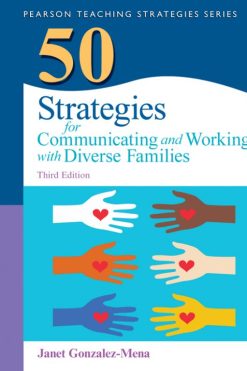Cultivating Mindfulness in the Classroom
$30.99 $7.75
Mindfulness is an effective, low-cost way for educators to help students improve their social and emotional wellness as they learn and grow. The authors share practical tools that align to the five key categories of mindfulness benefits—stress reduction, attention, emotional control, positive self-concept, and positive interactions—and offer a step-by-step process for establishing a formal school or classroom mindfulness program. Benefits: Recognize what mindfulness is and is not, in order to use mindfulness practices in the classroom, so that students know how to cope with their emotions. Consider research that presents the benefits of mindfulness practices, to help students focus their brains for extended periods of time and increase their emotional intelligence. Get student-friendly definitions of mindfulness terms, to make students more mindful of their emotions and ultimately foster better classroom cultures and higher student achievement. Answer chapter-ending comprehension questions and compare your answers to those provided in an appendix, to examine your understanding of mindfulness.
Contents Chapter
1: Research and Theory Chapter
2: Stress Reduction Chapter
3: Attention Chapter
4: Emotional Control Chapter
5: Positive Self-Concept Chapter
6: Positive Interactions Chapter
7: Steps for Implementing Mindfulness in Your Classroom or School Epilogue Appendix A: Answers to Comprehension Questions Appendix B: Noteworthy Books, Programs, and Resources References and Resources
Additional ISBNs: 9781943360093, 194336009X, 9781943360109, 1943360103
No comments yet
Related products
Education
Education
Education













Review Cultivating Mindfulness in the Classroom
There are no reviews yet.